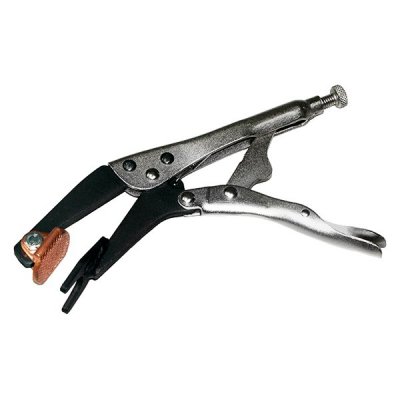dragstews
Full Access Member
- Joined
- Mar 27, 2024
- Posts
- 245
- Reaction score
- 806
- Location
- Belleview Florida US of A
- First Name
- Jesse
- Truck Year
- Body 1954, frame 1975
- Truck Model
- R-100
- Engine Size
- 406 ci SBC
You must be registered for see images attach
You must be registered for see images attach
You must be registered for see images attach
Welding is most likely the best way to go about it ..



